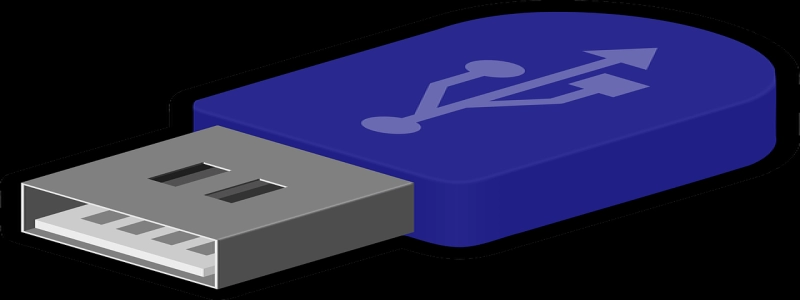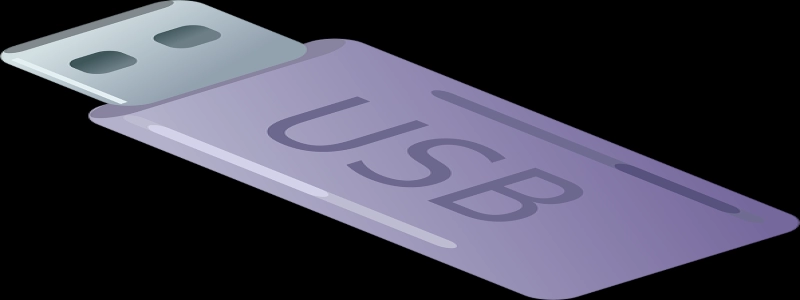Crimping Tool for Ethernet Cable
Introduction:
The use of Ethernet cables is crucial in setting up wired networks for both homes and offices. To ensure a stable and reliable internet connection, it is important to properly terminate these cables. One essential tool for this task is a crimping tool designed specifically for Ethernet cables. In this article, we will explore the features and functions of a crimping tool and provide a step-by-step guide on how to use it effectively.
I. Understanding the Crimping Tool:
a. Design and Construction:
– A crimping tool for Ethernet cables generally consists of two handles and a parallel-tracking mechanism.
– The handles are ergonomically designed for comfortable grip and ease of use.
– The parallel-tracking mechanism ensures that the pressure on the cable is applied evenly, resulting in a secure termination.
b. Types of Crimping Tools:
– There are various types of crimping tools available in the market, such as modular crimping tools, non-modular crimping tools, and RJ45 crimping tools.
– The modular crimping tool is the most common type used for Ethernet cables as it can crimp different modular plugs.
II. Steps to Use a Crimping Tool:
a. Strip the Cable:
– Start by stripping off the outer jacket of the Ethernet cable to expose the individual wires inside.
– Use a cable stripper or a sharp utility knife to carefully remove the outer jacket, ensuring not to damage the wires.
b. Untwist and Arrange:
– Untwist the individual wire pairs and arrange them in the desired order according to the wiring standard you intend to use.
– The most common wiring standard is T568B, where the wires are arranged in the following order: orange-white, orange, green-white, blue, blue-white, green, brown-white, brown.
c. Trim the Wires:
– Trim the individual wires to the proper length, leaving only a small portion extending beyond the outer jacket.
– This will ensure that the wires make a proper connection with the connectors during the crimping process.
d. Insert the Wires:
– Insert the trimmed wires into the connector plug, following the designated slots for each wire.
– Make sure the wires are fully inserted and properly aligned within the plug.
e. Crimp the Connector:
– Place the connector plug into the appropriate slot of the crimping tool, ensuring that the parallel-tracking mechanism is engaged.
– Squeeze the handles of the crimping tool firmly to apply pressure on the connector.
– Repeat the process for both ends of the cable.
Conclusion:
A crimping tool for Ethernet cables is an essential tool for anyone involved in setting up wired networks. By following the steps outlined in this guide, you can confidently terminate Ethernet cables using a crimping tool. Remember to choose a high-quality crimping tool that suits your requirements to ensure reliable and secure connections.








